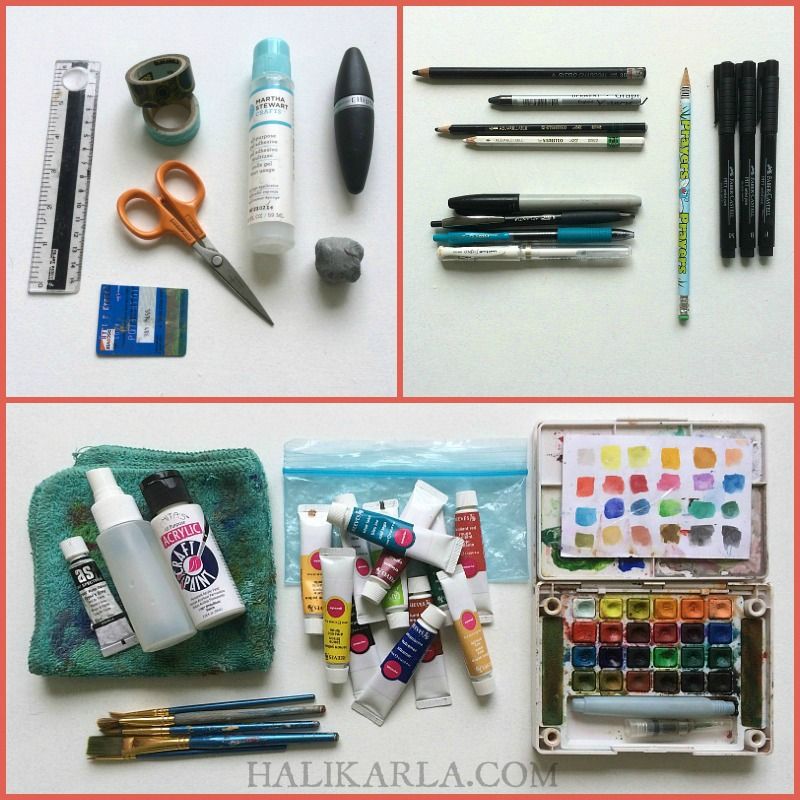
Unlock the boundless potential of your creativity with the art of journaling. In this article, we delve into the transformative power of using a journal for creative writing.
Discover effective techniques for brainstorming and generating innovative ideas. Embrace the freedom of journaling to overcome writing constraints and explore new horizons in different genres.
Master the art of breathing life into your writing by crafting compelling characters and settings. Prepare to captivate readers with engaging dialogue.
Let your creativity soar as you unleash your imagination through the pages of your journal.
Effective Techniques for Brainstorming and Generating Creative Ideas
One of the most effective techniques for brainstorming and generating creative ideas is to utilize a personal journal as a tool for exploration and inspiration.
By capturing thoughts, ideas, and emotions in a journal, individuals can tap into their subconscious mind and access their inner creativity.
To further enhance this process, two innovative approaches can be employed: mind mapping and collaborative writing.
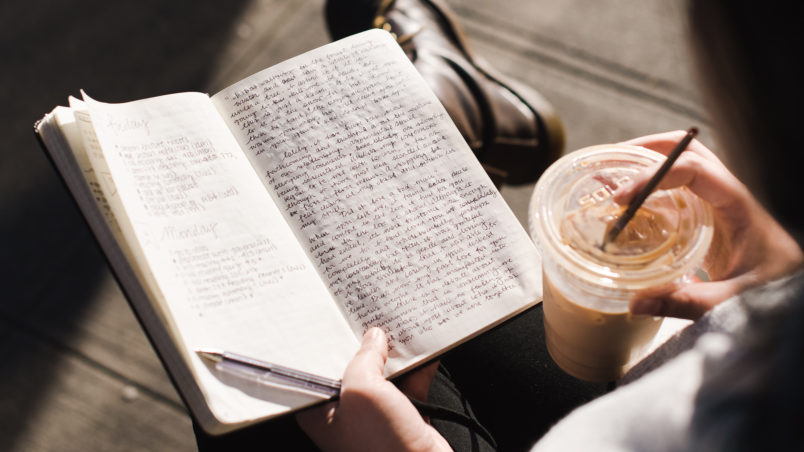
Mind mapping is an ingenious method that involves visually mapping out ideas and connections. By starting with a central idea and branching out into related concepts, individuals can unlock new perspectives and uncover hidden connections.
This technique allows for a free-flowing exploration of thoughts, enabling the generation of unique and novel ideas.
Collaborative writing is another powerful technique that harnesses the power of group creativity. By collaborating with others, individuals can bounce ideas off each other, spark inspiration, and build upon each other's thoughts.
This collaborative process not only helps in generating a multitude of ideas but also encourages diversity and fresh perspectives, leading to innovative and creative results.
By incorporating mind mapping and collaborative writing into the journaling process, individuals can unleash their creativity and explore new realms of imagination.
These techniques provide a platform for free thinking and unrestricted exploration, allowing individuals to transcend boundaries and discover the freedom to create.
Overcoming Writing Constraints: Embrace the Freedom of Journaling
The freedom of journaling allows writers to overcome various constraints and explore the limitless possibilities of creative expression.
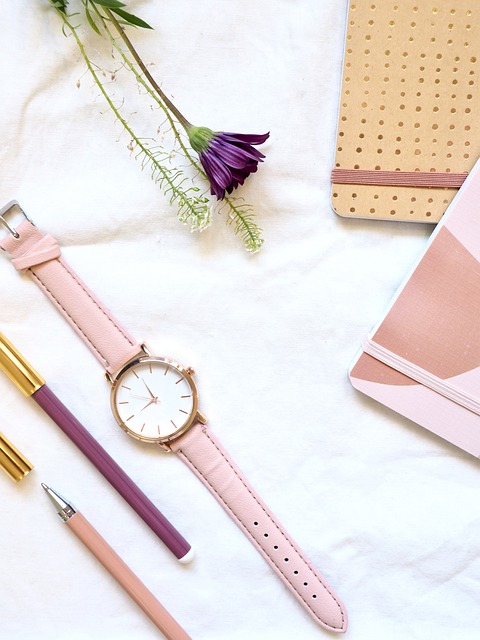
Journaling provides a safe space for breaking boundaries and pushing the limits of imagination. It is a platform where writers can unleash their innermost thoughts, ideas, and emotions without fear of judgment or criticism.
In the pages of a journal, writers can experiment with different writing styles, narrative structures, and genres, allowing them to find their unique voice.
The freedom of journaling encourages writers to let their imagination run wild, to explore unconventional ideas, and to challenge the norms of traditional writing.
It is through the act of journaling that writers can truly discover and embrace their own authentic writing style, unleashing their creativity in ways they never thought possible.
Exploring New Horizons: Experimenting With Different Genres in Your Journal
By venturing into uncharted literary territories, writers can broaden their creative horizons and discover new genres to explore within the pages of their journal.
Genre exploration is a powerful tool for unleashing the imagination and pushing the boundaries of one's writing abilities.
Within the safe and private space of a journal, writers can experiment with poetry and prose, allowing their words to flow freely without judgment or constraint.
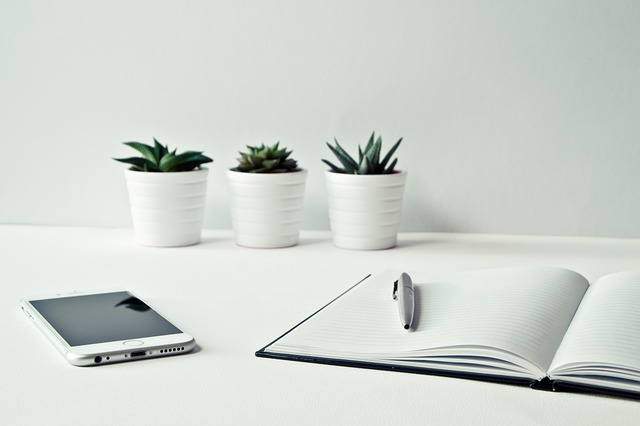
Whether it's playing with different forms of poetry, such as haikus or sonnets, or experimenting with prose styles like flash fiction or stream-of-consciousness, the journal provides the perfect playground for creative exploration.
Additionally, writers can try their hand at fantasy and science fiction writing, delving into worlds of magic and futuristic technologies, creating characters and stories that transport them and their readers to new dimensions.
Breathing Life Into Your Writing: Mastering the Art of Describing Characters and Settings
To truly bring your writing to life, it is essential to master the art of vividly describing characters and settings. Creating vivid imagery is the key to captivating your readers and immersing them in your story.
Techniques for painting a picture with words include using sensory details in storytelling. Engage your readers' senses by describing the sights, sounds, smells, tastes, and textures of your characters and settings.
For example, instead of simply stating that your character is sad, paint a picture with words by describing the tear-streaked cheeks, the trembling bottom lip, and the hollow, vacant look in their eyes. Similarly, when describing a setting, use sensory details to transport your readers there - describe the scent of freshly baked bread, the feel of the cool breeze on their skin, and the distant sound of waves crashing against the shore.
Captivating Conversations: Crafting Dialogue That Engages and Delights Readers
Crafting captivating dialogue is a crucial skill for writers looking to engage and delight their readers. Authentic dialogue brings characters to life, allowing readers to connect with them on a deeper level. As writers, we have the power to create conversations that not only move the plot forward but also entertain and inspire.
Crafting authentic dialogue involves capturing the essence of how people speak in real life. It requires listening to the cadence, tone, and vocabulary of different individuals and incorporating these elements into our writing. By doing so, we create characters who feel like real people, making the story more relatable and engaging.
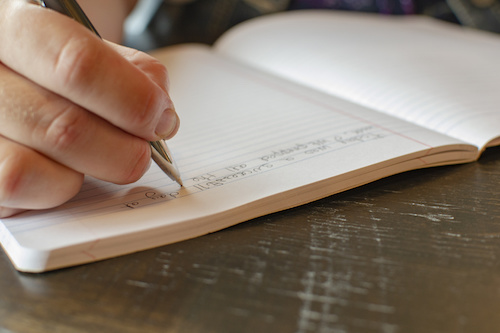
Incorporating humor in conversations is another powerful tool for captivating readers. Humor adds levity and charm to a story, making it more enjoyable and memorable. It can be used to reveal character traits, create tension, or provide comic relief. By infusing our dialogue with wit and cleverness, we create an experience that truly delights our readers.
Frequently Asked Questions
How Can I Use My Journal to Improve My Grammar and Sentence Structure?
Improving grammar and enhancing sentence structure can be achieved through effective strategies and techniques in journaling. By consistently practicing writing in your journal, you can refine your grammar skills and develop a natural flow in your writing.
Are There Any Specific Techniques for Using a Journal to Overcome Writer's Block?
Using journal prompts and finding inspiration can help overcome writer's block. Explore different themes, experiment with different writing styles, and allow yourself the freedom to write without judgment. Embrace the creative process and let your ideas flow.
What Are Some Ways to Make My Journal Entries More Visually Appealing and Artistic?
To make your journal entries more visually appealing and artistic, explore the world of visual journaling. Incorporate techniques like collage, doodling, and mixed media to add colors, textures, and images that bring your words to life on the page.
Can Journaling Help Me Develop a Unique Writing Style?
Journaling is an effective tool for developing voice and enhancing creativity. Through the process of self-reflection and exploration, writers can uncover their unique writing style and express themselves authentically, ultimately leading to a more engaging and imaginative writing experience.
Are There Any Tips for Using a Journal to Improve My Storytelling Skills?
Using journal prompts can be a powerful tool for improving storytelling skills. By exploring different perspectives and settings through writing exercises, writers can enhance their character development and create more engaging narratives.
 Writing TipsCreative WritingJournalingSketching TechniquesBuying GuidesPrivacy PolicyTerms And Conditions
Writing TipsCreative WritingJournalingSketching TechniquesBuying GuidesPrivacy PolicyTerms And Conditions
